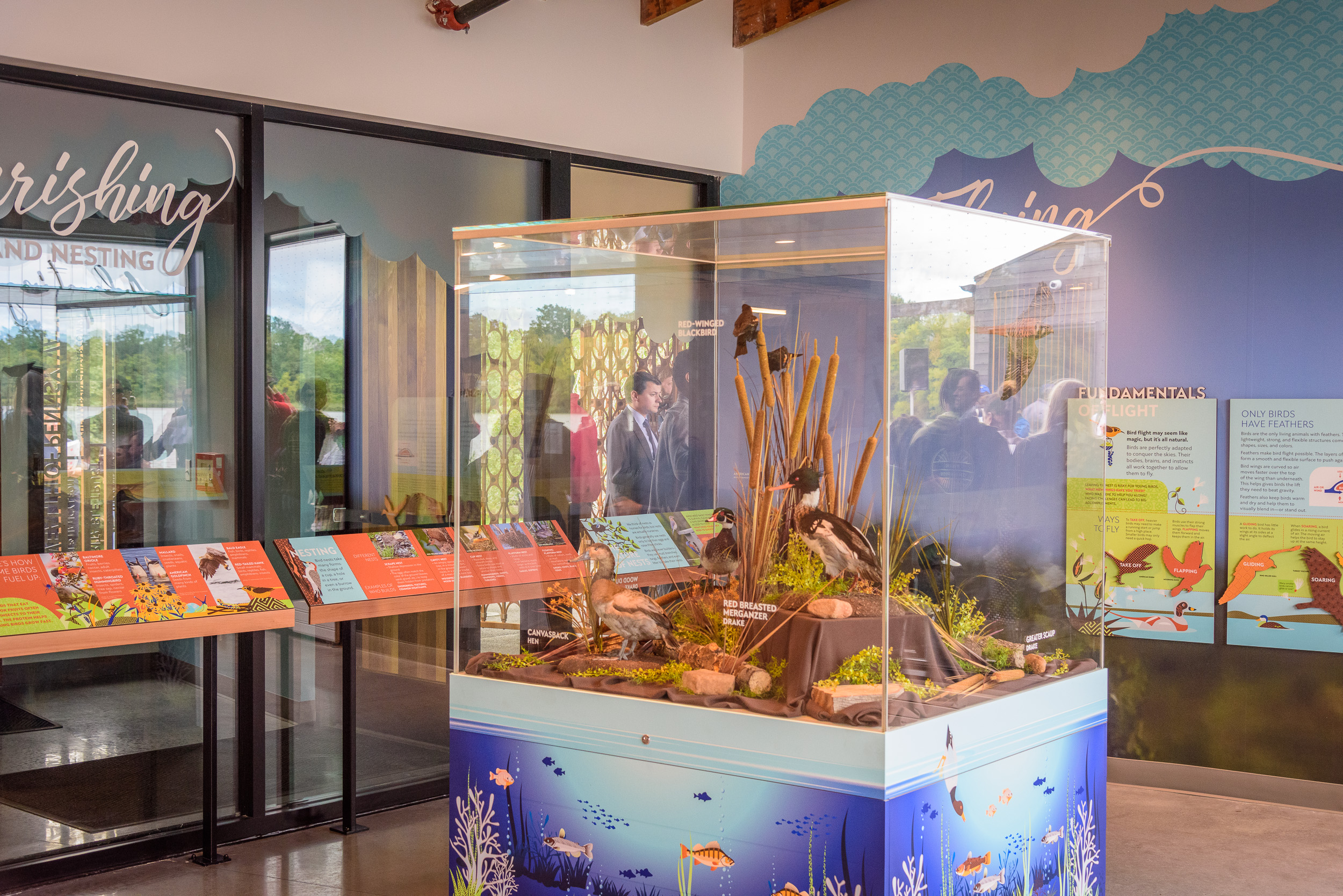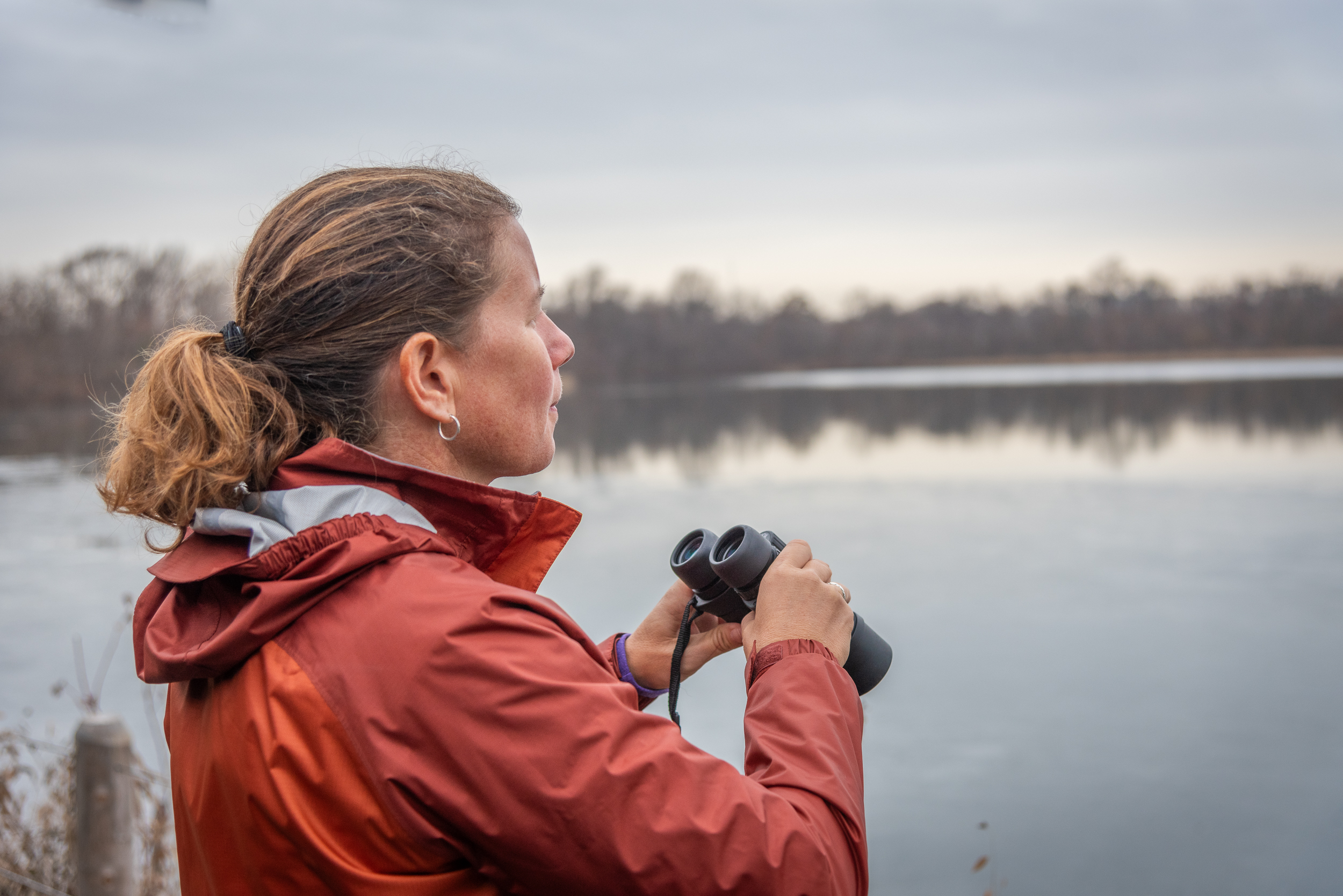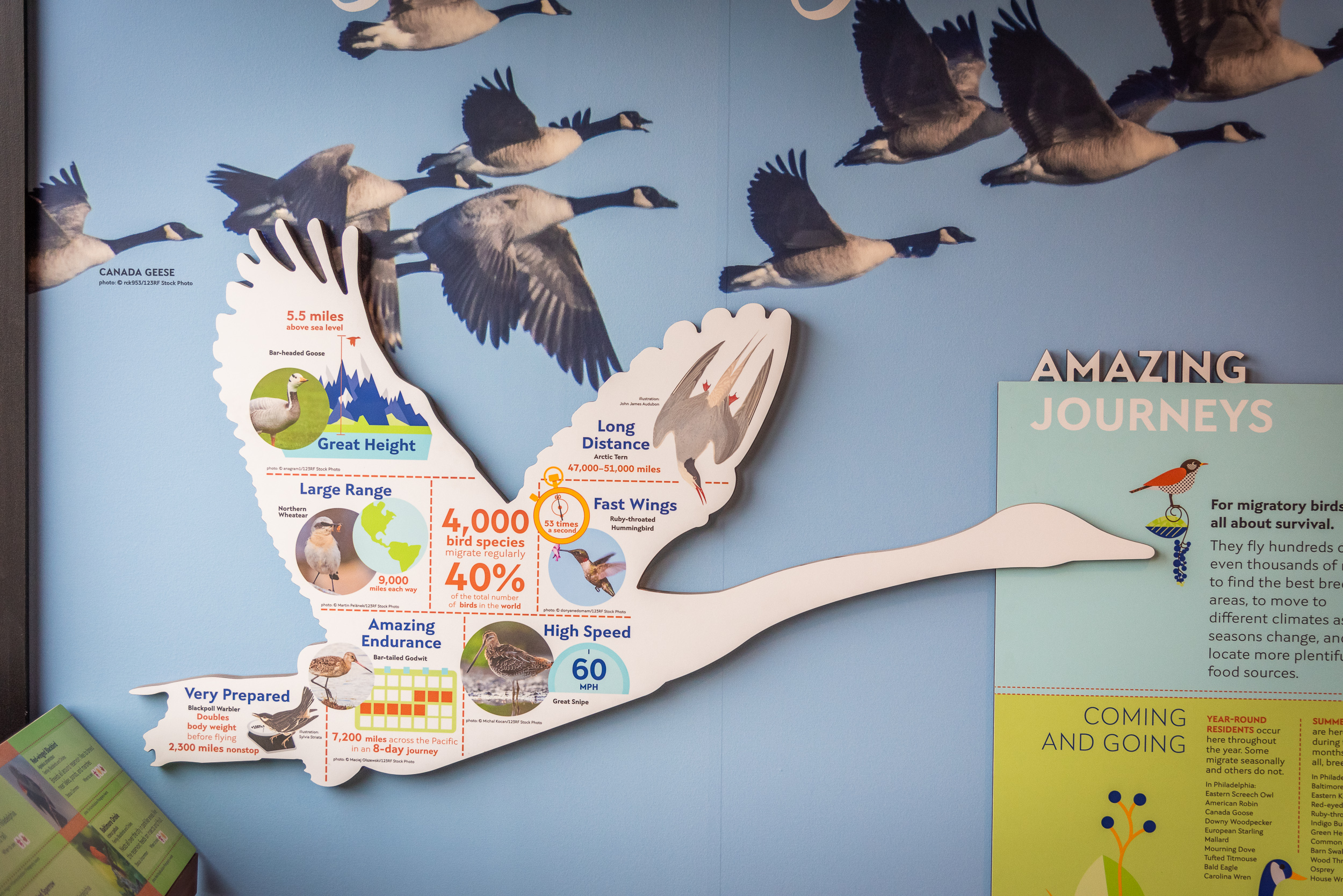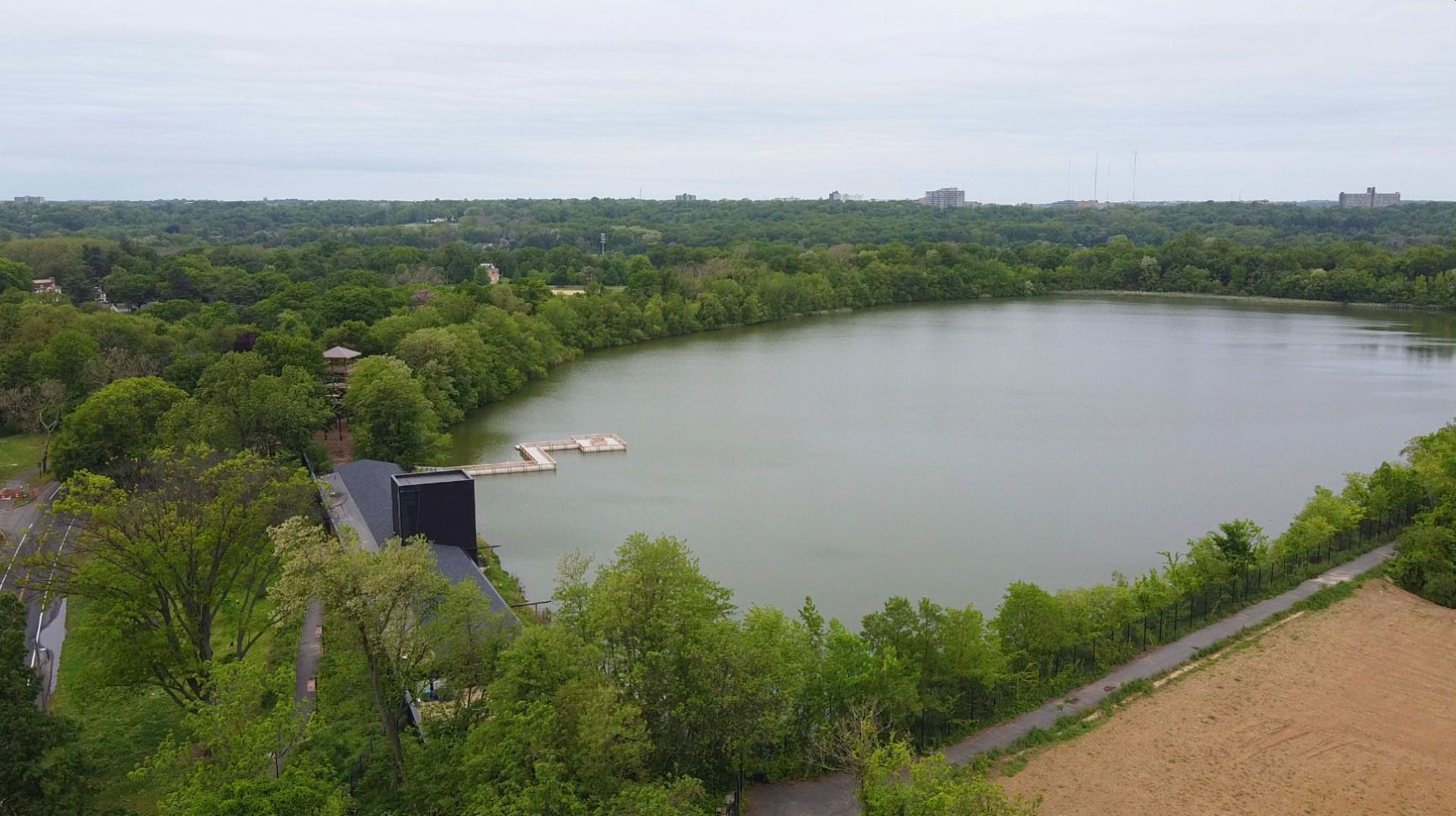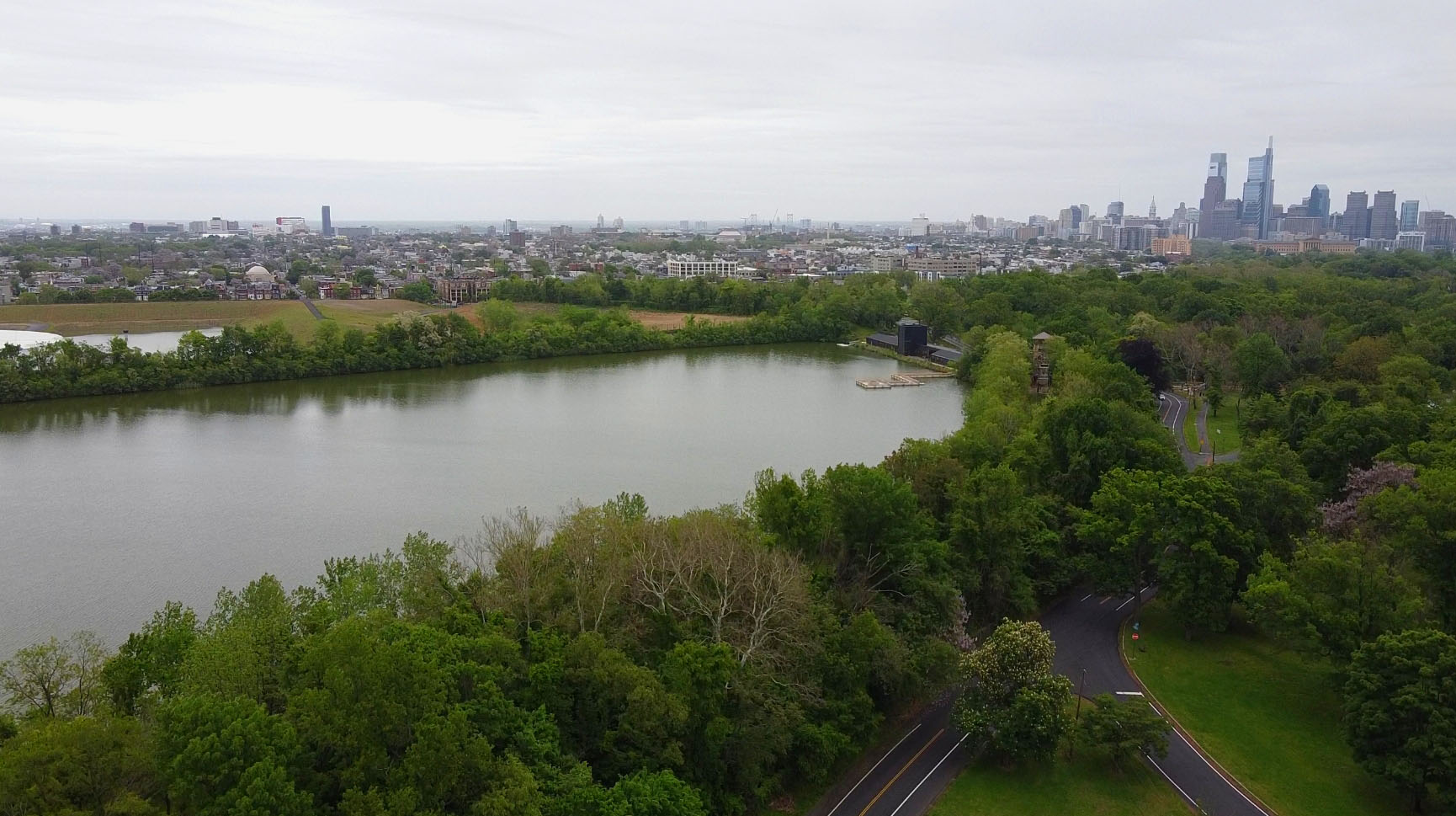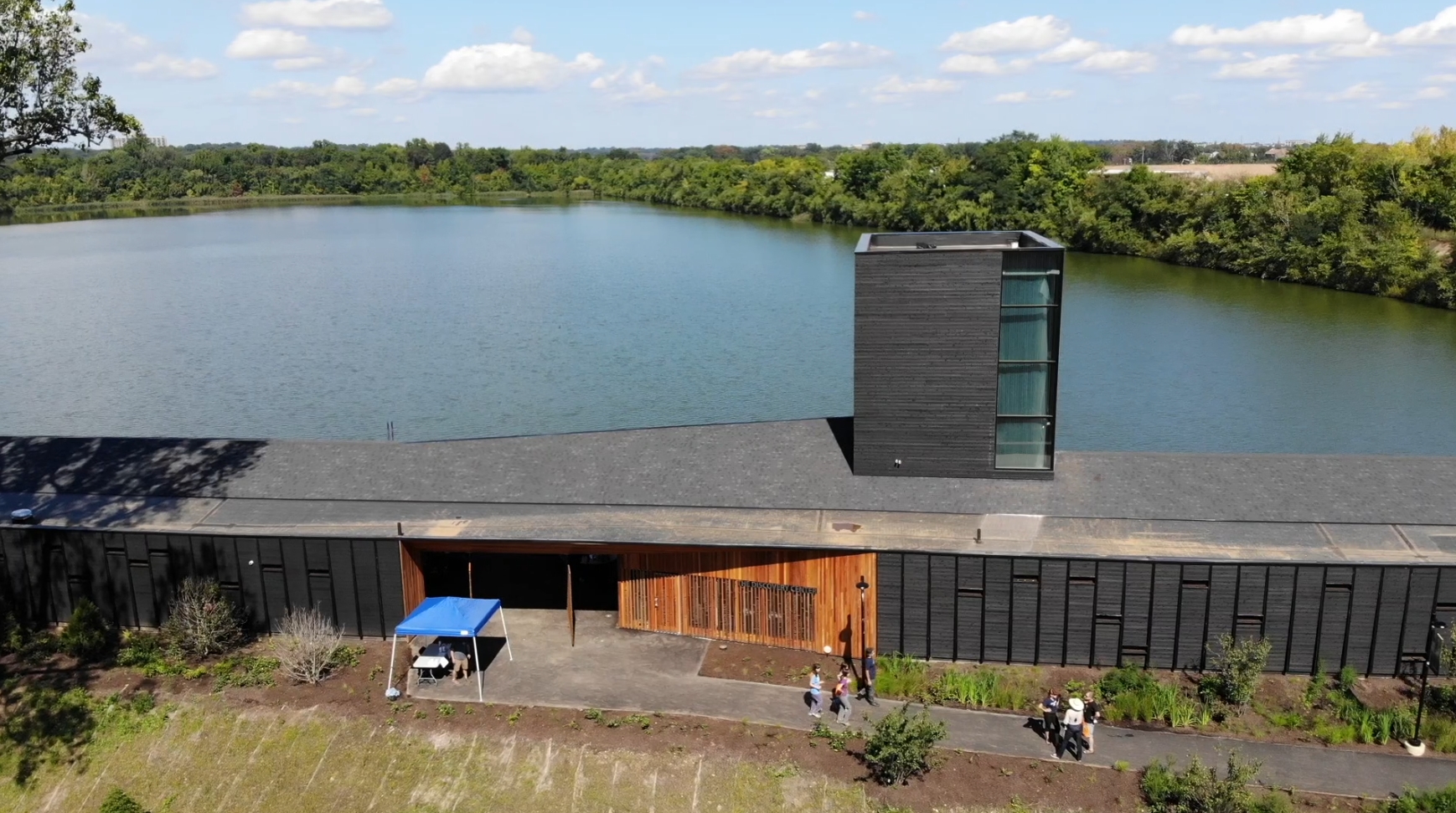
NOTE FROM ADAM LEVINE The needs of the city’s water supply system grows and changes over time, and as a result, infrastructure that was once a critical part of the system sometimes becomes obsolete. This is a story about one of those pieces, a section of the East Park Reservoir that was no longer needed by the Philadelphia Water Department, and now has a wonderful reuse as an urban nature center. This story originally appeared in the Spring 2019 issue of GROW, the magazine of the Pennsylvania Horticultural Society (for which I was editor in chief from 2014 to 2023). You can view the original story at the GROW online portal. Thanks to PHS for allowing me to reuse the story here, and to Rob Cardillo for providing some of the photographs.
Other related resources include:
A video which I narrate and helped produce that features several “repurposed” Water Department locations, including the Discovery Center, Upper Roxborough Reservoir Preserve, the Fringe Arts headquarters (housed in a former pumping station), and the Fairmount Water Works Interpretive Center.
An excellent video about the Discovery Center, produced by the Pennsylvania Environmental Council, which honored the center with its “2023 Special Places Award,” for its environmental leadership, community impact, and innovative planning and design practice.
A history of the construction of the East Park Reservoir, 1869-1889, by the late PWD historian Jane Mork Gibson.
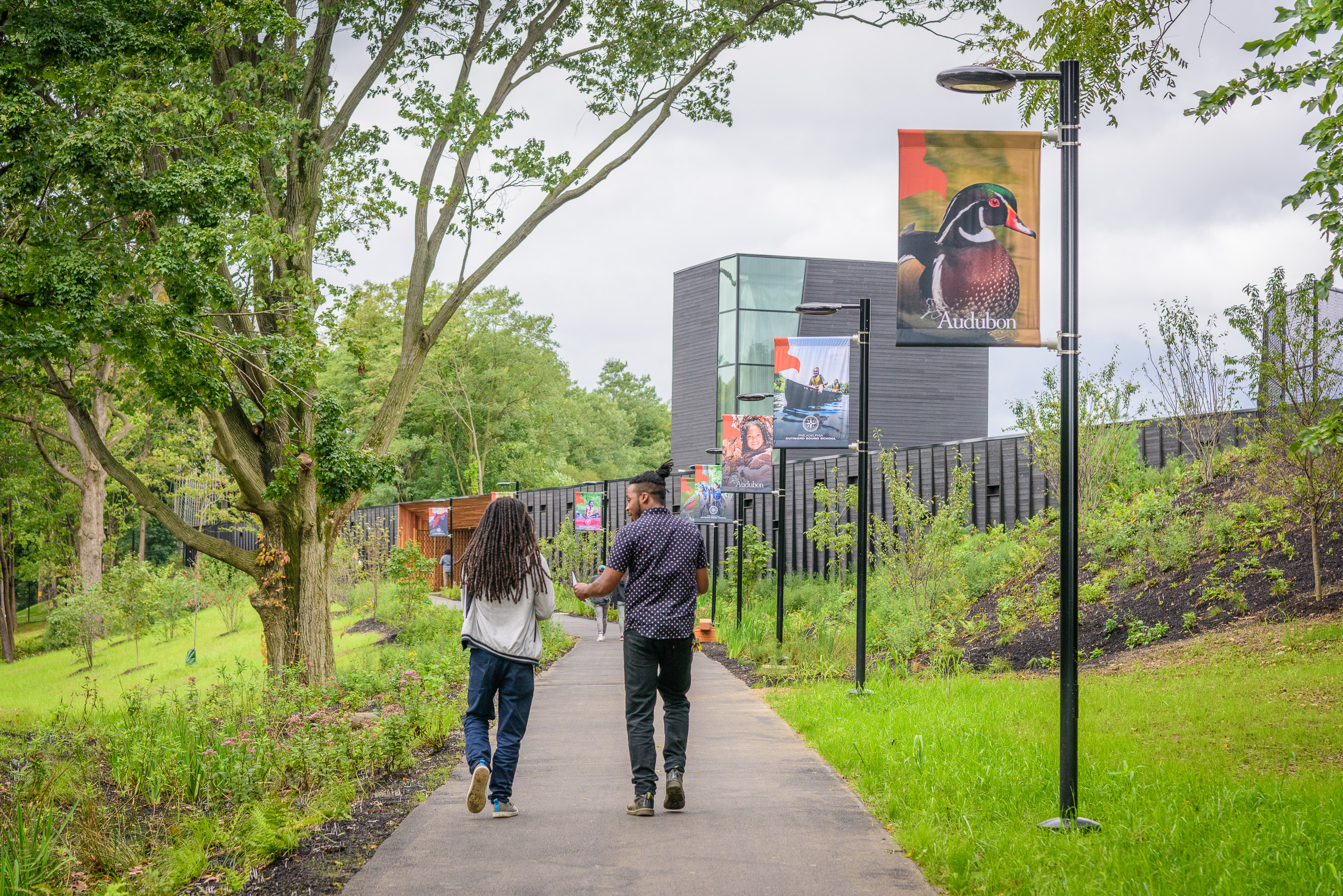
Follow a gently sloping path up an embankment off Reservoir Drive and walk through the new building standing at the top, and you’ll find a view you wouldn’t expect in North Philadelphia: a 37-acre body of water that mirrors both the greenery lining its shore and the blue sky above. If your timing is right, you may see a heron circling above, or f locks of geese or ducks taking off in formation from the water’s glassy surface.
Once an integral part of Philadelphia’s water supply system, the East Park Reservoir’s West Basin (now rechristened the Strawberry Mansion Reservoir) is now the centerpiece of the Discovery Center, a joint venture between Audubon Pennsylvania and the Philadelphia Outward Bound School, with support from Philadelphia Parks & Recreation.
The center’s aim is to encourage urban residents to learn about and interact with nature: Audubon helps them explore birds and other wildlife, and Outward Bound inspires self-discovery through experiential outdoor activities.
“Like anyone else who sees it for the first time, I was struck by the size and beauty of the reservoir and was surprised that something like this could be hidden in plain sight,” says Greg Goldman, executive director of Audubon Pennsylvania. “On the other hand, people in the adjacent Strawberry Mansion neighborhood remember using the reservoir for recreation before it was closed and fenced off in the 1970s.”
Adds Tonnetta C. Graham, president of the Strawberry Mansion Community Development Corporation: “We are enthused that the Discovery Center will allow us to introduce this corner of Fairmount Park to generations of residents who for decades grew up with a curiosity about what was behind those fences.”
THE BACKSTORY The East Park Reservoir, fronting 33rd Street at Montgomery Avenue, was opened by Philadelphia in 1889 to provide much-needed drinking water storage capacity for the quickly growing city. The reservoir, divided into three basins, held more than 700 million gallons of water pumped from the Schuylkill River.
In the 1970s, the West Basin, no longer needed for the city’s supply, was abandoned and partially drained. Over the ensuing years, the embankment surrounding this basin became overgrown, and the combination of water and vegetation attracted a variety of wildlife, including more than 150 species of native and migratory birds.
In 2005, Audubon designated the site an Important Bird Area, and by 2011 a movement began to turn the basin into a wildlife preserve. This effort expanded when Audubon combined forces with Outward Bound, and the two groups raised more than $18 million to build the Discovery Center. The 14,000-square-foot building was designed by DIGSAU, a Philadelphia architecture firm. The official ribbon cutting for the center—and the reopened Strawberry Mansion Reservoir—was held in September 2018.
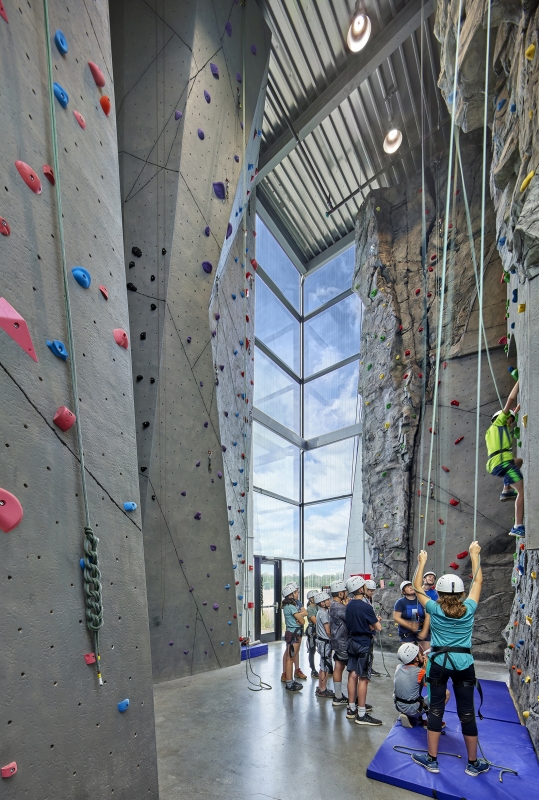
WHAT TO SEE AND DO Besides office, classroom, and meeting spaces, the center includes an indoor rock-climbing wall, a challenging outdoor ropes course, an observation tower for bird watchers, and a half-mile trail along the reservoir embankment. Visitors are welcome to use the trail for bird watching and hiking on any open day, including monthly “Discovery Days,” when special programming is offered by both founding organizations.
The Discovery Center is located in Fairmount Park at 3401 Reservoir Drive. For open hours and other information, call 610-990-3341, or visit the website.
Two views of the Discovery Center: Above, looking northwest over Fairmount Park, and below, looking southeast toward Center City. (Photos by Tolsma Productions, stills from drone video)
